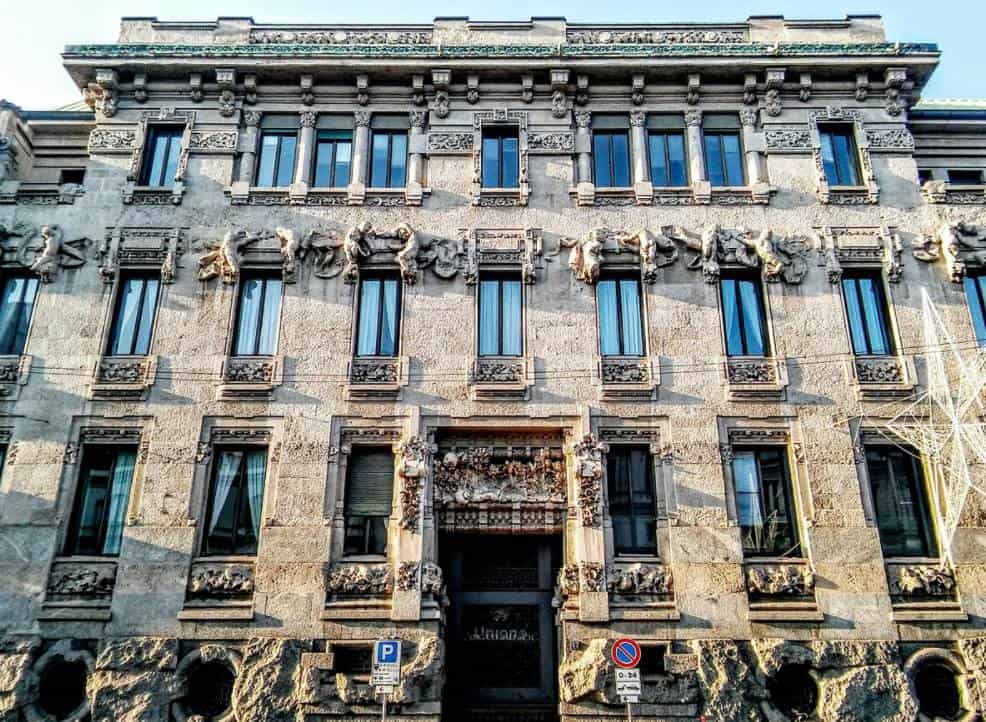Art Nouveau was a global art movement that emerged in the late 19th century. Art Nouveau artists developed a completely new style as a reaction against academic art.
It was inspired by nature and first manifested in decorative elements in the early 1890s. The first Art Nouveau buildings were constructed in Brussels, Belgium in the final decade of the 19th century.
The architectural style quickly spread to Paris and reached its peak during the “Exposition Universelle of 1900,” a world fair that was held in France’s capital that year.
Organic design elements, arches, harmoniously curving lines, and highly decorative ornamentations are features that define Art Nouveau architecture.
Let’s take a closer look at some of the most famous Art Nouveau buildings in the world, structures that embody this remarkable style.
1. Hôtel Tassel – Brussels, Belgium
The Hôtel Tassel appears to be a common house in the streets of Brussels, but it’s one of the first buildings of Art Nouveau architecture. It was designed by Belgian architect Victor Horta (1861-1947), one of the founding fathers of the Art Nouveau movement.
The building by Horta had a revolutionary design at the end of the 19th century and features elaborate decorations that define the style. It’s one of the 4 main townhouses designed by Horta in Brussels and these were added as a UNESCO World Heritage site back in 2000.
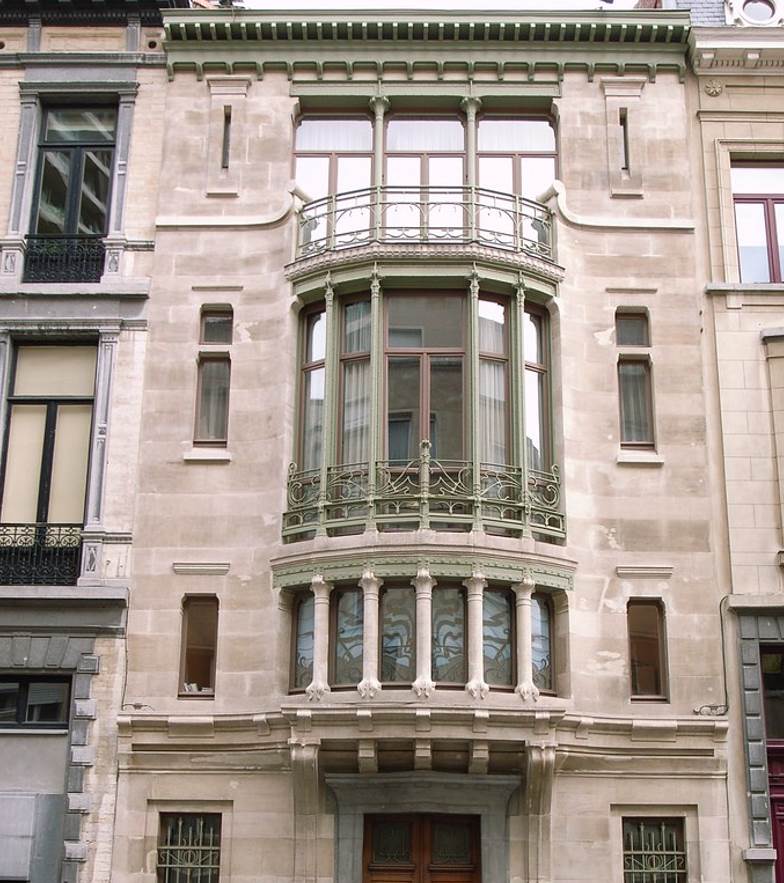
2. Sagrada Família – Barcelona, Spain
The Sagrada Família isn’t just one of the most famous Art Nouveau buildings in Barcelona, it’s also one of the most astounding churches in the world. It was the ultimate masterpiece and life work of Antoni Gaudí ( 1852-1926), the leading figure of the Catalan Modernism movement.
Although it features elements of Gothic Revival architecture, the church is dominated by the curves and natural elements of the Art Nouveau style. The church is still not completed today and only a quarter of the building was erected when Gaudi passed away in 1926.
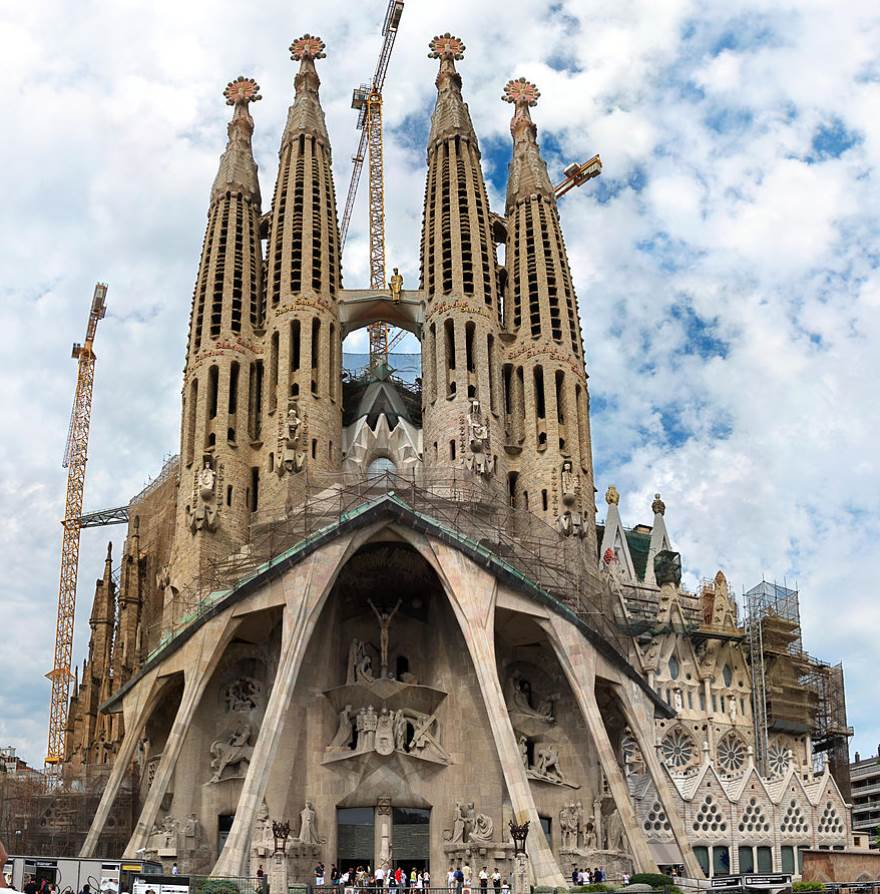
3. Secession Building – Vienna, Austria
The Secession Building is the architectural embodiment of the Vienna Secession movement. This movement emerged in the 1890s and was the Austrian variant of Art Nouveau. The building was commissioned by the leading artists of this movement and completed in 1898.
Thie remarkable building in Vienna is home to one of the most famous paintings by Gustav Klimt (1862-1918), one of the leading figures of the movement. This huge work of art is called the Beethoven Frieze and is installed in a climate-controlled room inside the building.
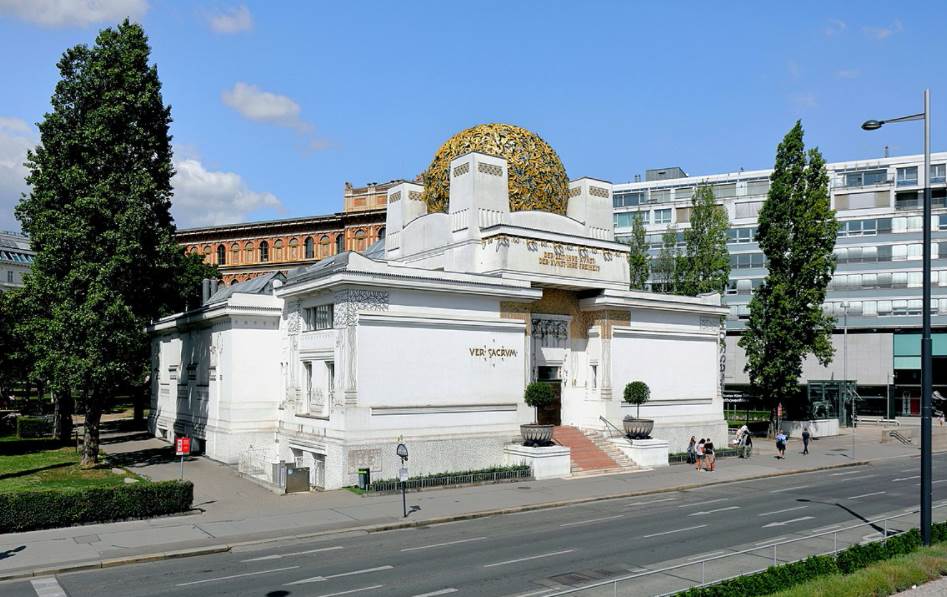
4. Casa Milà – Barcelona, Spain
Casa Milà is another one of Gaudi’s masterpieces in Barcelona. It’s nicknamed “La Pedrera” which translates to “The Stone Quarry,” a reference to its remarkable architectural design. It was constructed between 1906 and 1912 and commissioned by a man named “Pere Milà” from home the building got its name.
The building was revolutionary as it featured a lot of new elements. Some of these are the self-supporting stone façade, the stunning rooftop, and the wrought-iron balconies. The building was designated as a UNESCO World Heritage site back in 1984.

5. Museum of Applied Arts – Budapest, Hungary
The Museum of Applied Arts was constructed between 1893 and 1896 and is the home of the third-oldest museum of applied arts in the world. It was designed in the Hungarian Secession style, the local variant of Art Nouveau architecture.
The distinctive green roof and elaborately decorated façade are the most prominent features of the building. The architect of the building, Ödön Lechner (1845-1914), was famous for integrating porcelain tiles into his buildings that were derived from Magyar and Turkic folk art.
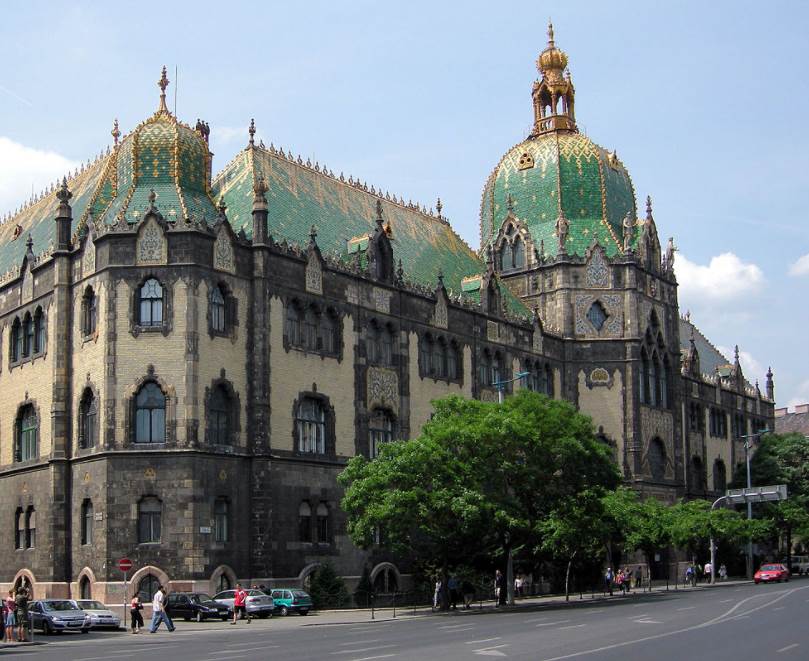
6. House with Chimaeras – Kyiv, Ukraine
The House with Chimaeras is also known as the “Horodecki House” and is one of the most fascinating Art Nouveau buildings in the world. It’s located in the Lypky district of central Kyiv, Ukraine, and is located right across from the office of the President of Ukraine.
The building was constructed between 1901 and 1902 and was designed by Polish architect Władysław Horodecki (1863-1930) who intended to use it as his apartment building. The name of the building was derived from chimaera decoration, a style that integrates animals into architectural designs.
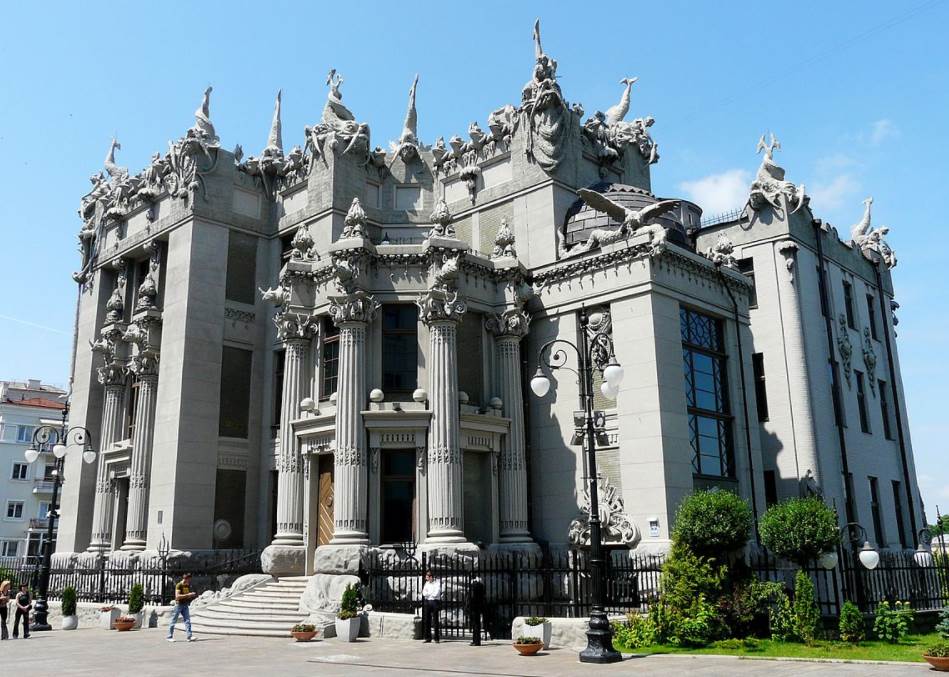
7. Municipal House – Prague, Czech Republic
The Municipal House is one of the most prominent buildings in Prague and is situated on the border of the Old Town and New Town districts of the city. It’s located on a popular square in Prague called Náměstí Republiky and was constructed between 1905 and 1912.
The exterior of the building is decorated with allegorical artworks depicting events related to the city’s history along with multiple sculptural groups. The interior houses Smetana Hall, one of the most popular concert venues in Prague.
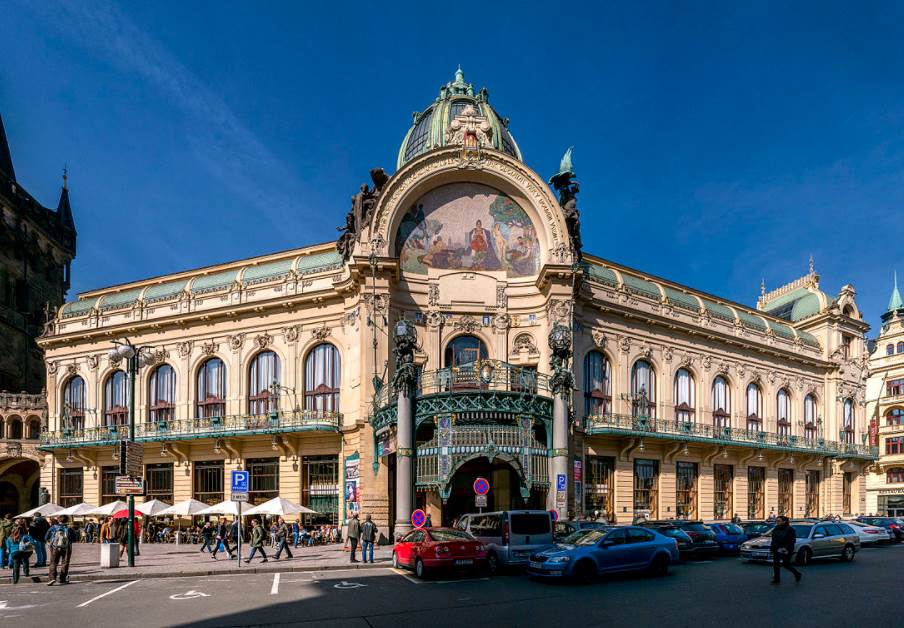
8. Horta Museum – Brussels, Belgium
If you want to learn more about Art Nouveau architecture and how the art movement emerged then the Horta Museum is without a doubt one of the best places to visit. The building was completed between 1898 and 1901 and served as the residence and workshop of Victor Horta.
The Belgian Art Nouveau artist lived and worked here and produced many of his most famous artworks here. The house in Brussels is referred to as “Maison & Atelier Horta” and is one of the 4 townhouses designed by Victor Horta that became UNESCO World Heritage site in 2000.

9. Casa Batlló – Barcelona, Spain
Casa Batlló is yet another remarkable building in the heart of Barcelona that was designed by Antoni Gaudí and is in my opinion one of his ultimate masterpieces. It’s also different in the sense that it wasn’t a newly constructed building but one that the architect redesigned in 1904.
This building is nicknamed “Casa dels Ossos” which translates to “House of Bones.” This is a reference to the skeleton-like elements that Gaudi integrated into the structure’s design. It’s situated on a block called “Illa de la Discòrdia” which features 4 houses designed by the most prominent Catalan Modernista architects in history.

10. Palazzo Castiglioni – Milan, Italy
Palazzo Castiglioni is an incredible palace in Milan, Italy. It’s the epitome of the Liberty Style, the Italian variant of Art Nouveau that flourished in the late 19th and early 20th centuries. This palace was constructed between 1901 and 1903 and is located in the eastern section of the city.
The ground floor features rusticated blocks and the upper floors are decorated with 18th-century stuccos. The building remains one of the most fascinating landmarks in Milan today and is used as the headquarters of the Traders’ Union of Milan.
